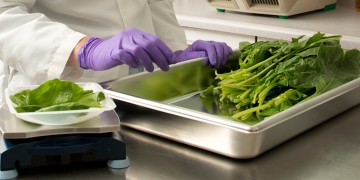
Six Things You Might Not Know About Bio-Rad’s Food Science Division (FSD)
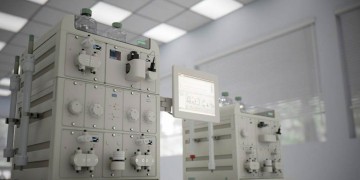
Advantages of Multidimensional (Multi-D) Chromatography Using the NGC™ Chromatography System over Traditional Sequential Chromatography
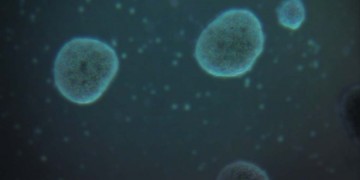
Too Many Questions, Too Little Sample: Developing a Real-Time PCR Workflow for Monitoring Gene Expression in Limited Samples

7 Tips for Choosing the Right Antibody for Western Blotting
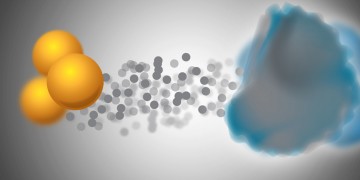
Researcher Profile: Suzanne Topalian Pioneers PD-1 Inhibitor Drug to Treat Advanced Cancer
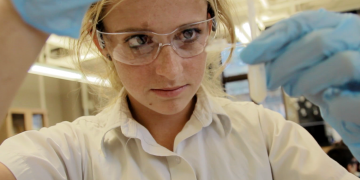
3 Moments of Inquiry with Bio-Rad’s pGLO™ Transformation and Inquiry for AP Biology: A ThINQ! Investigation Kit

Introducing the ZOE™ Fluorescent Cell Imager for Routine Cell Culture and Fluorescent Imaging Applications
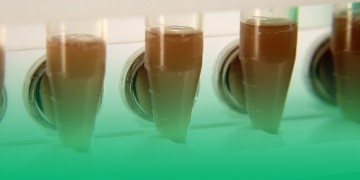
SureBeads™ Magnetic Beads Standard Immunoprecipitation Protocol
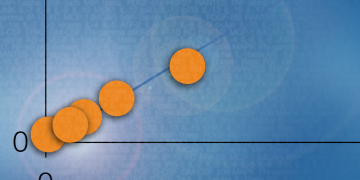
Bio-Plex Pro Human Inflammation Assays: Performance Data


